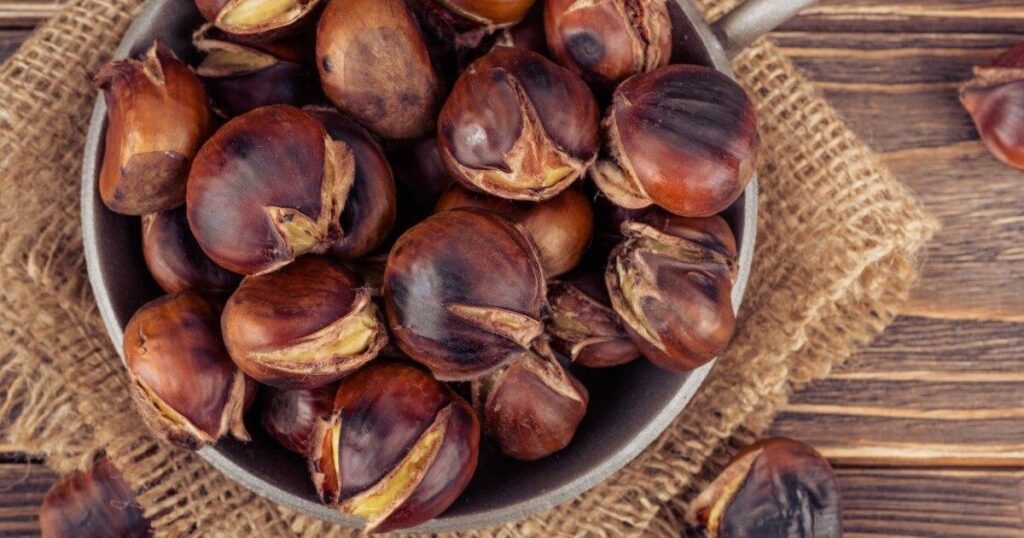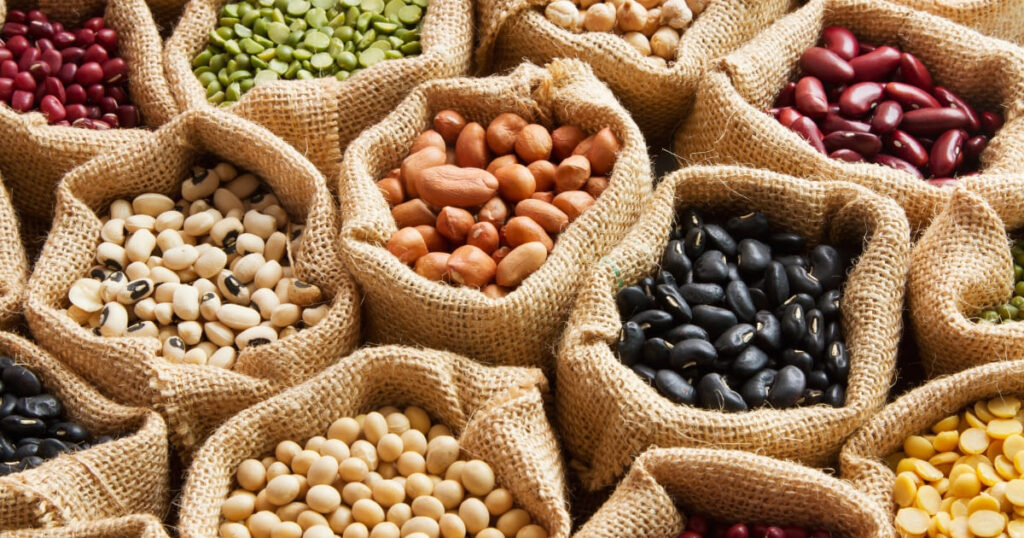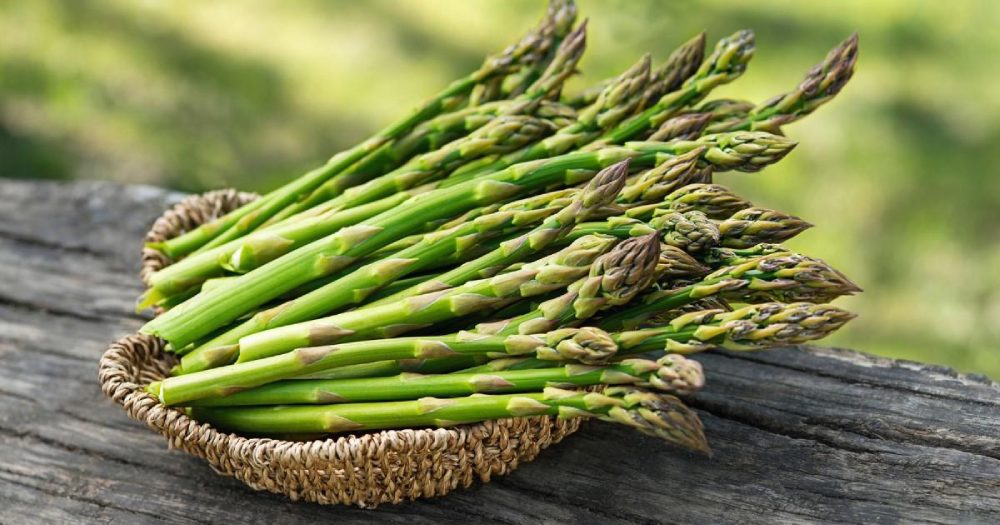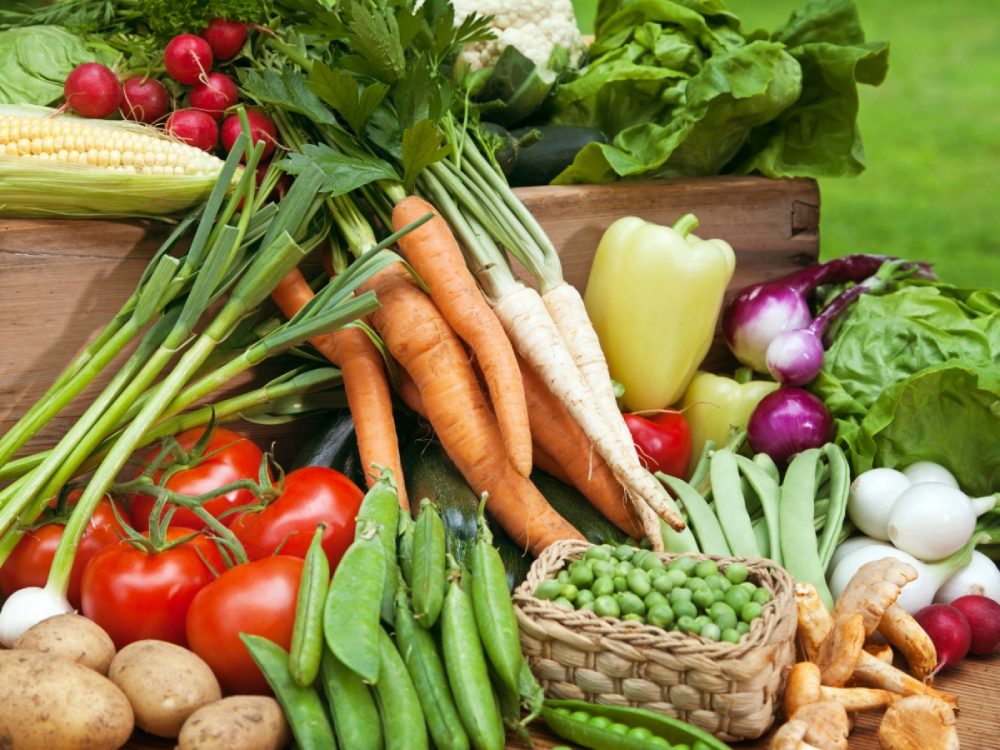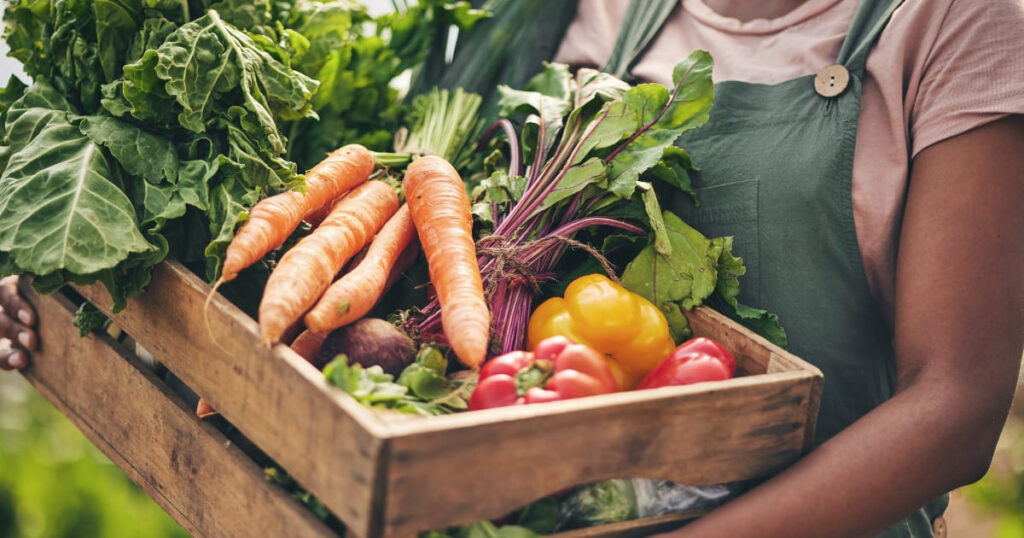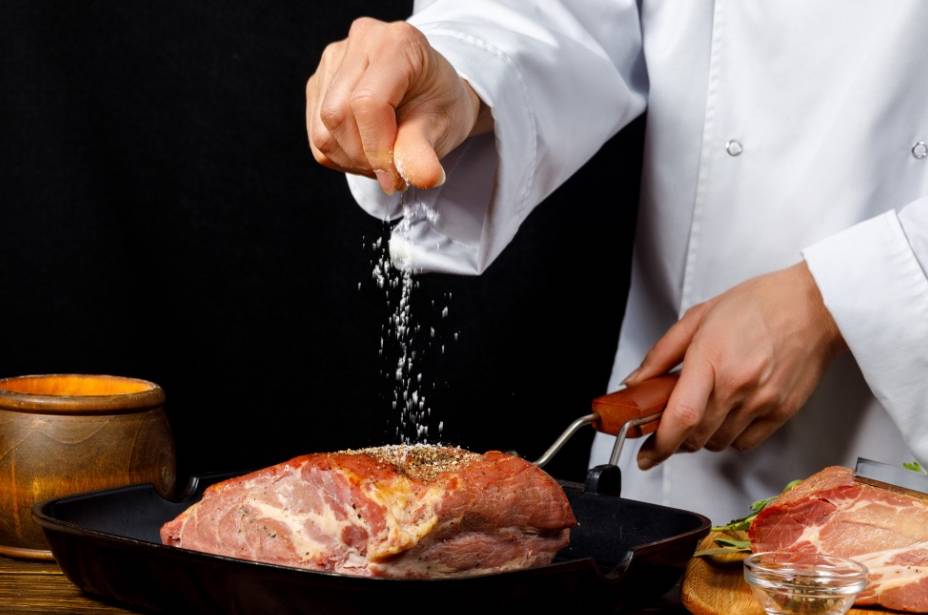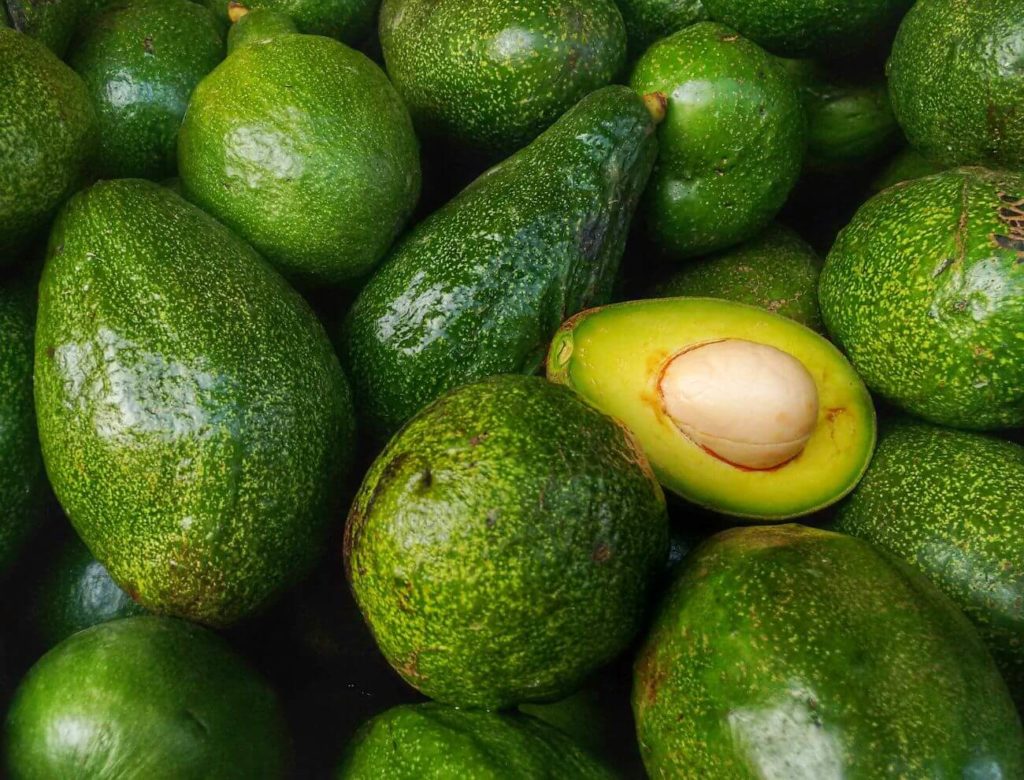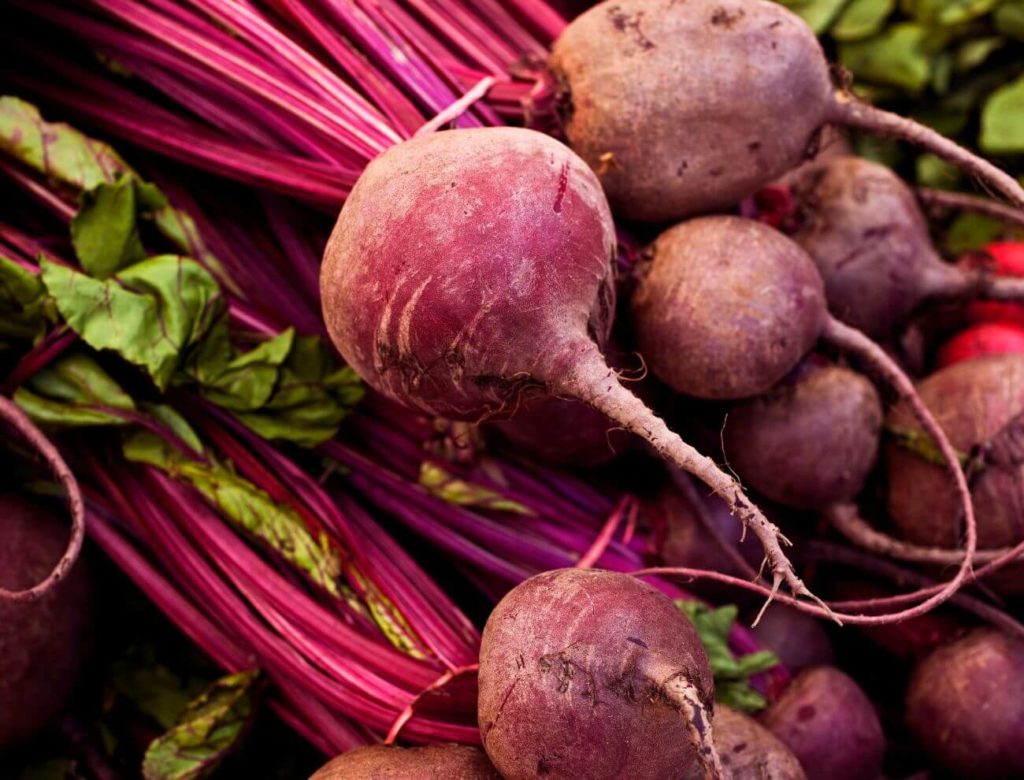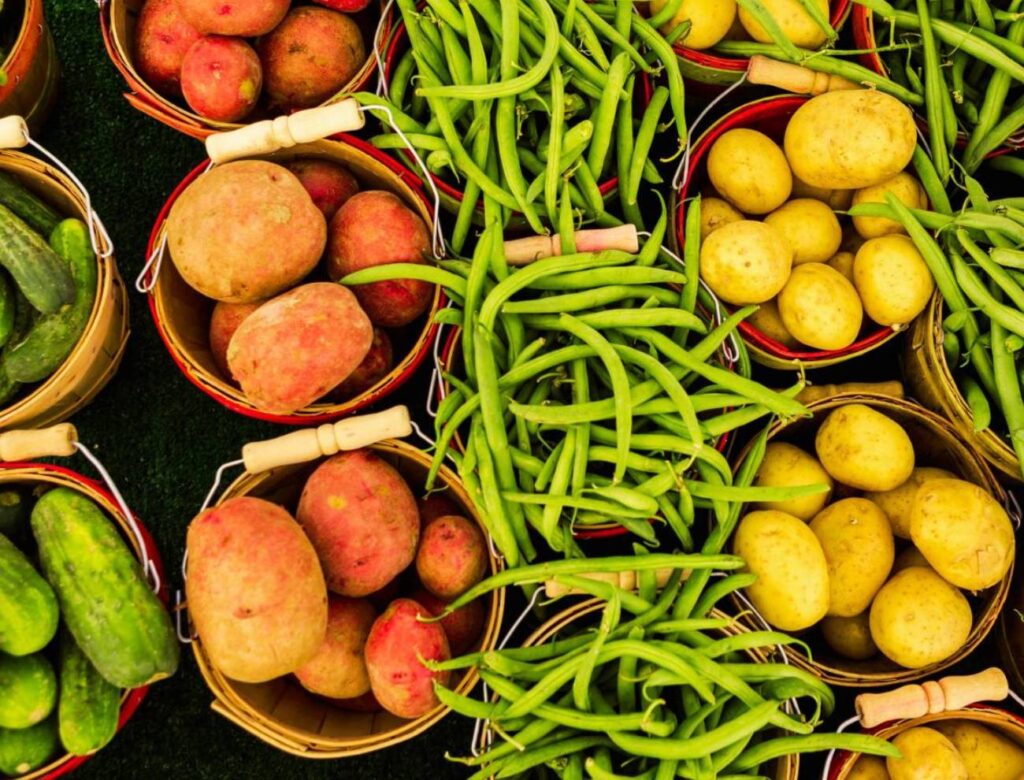NYC Wholesale Food Blog
Need culinary tips & tricks, food industry insights, or some creative inspiration? You’ve come to the “ripe” place.
A Chef’s Guide to Frozen Foods – Cost-Saving & Efficiency in Professional Kitchens
Why Restaurants Should Use Wholesale Frozen Food 1. Saves Time & Labor Costs 2. Cost-Effective 3. Offers Consistency & Quality 4. Reduces Food Waste Essential Wholesale Frozen Foods for Restaurants Frozen Vegetables Frozen Fruits Frozen Potatoes & Fries Other Frozen Staples Proper Storage & Preparation for Frozen Foods Storage Best Practices Thawing & Preparation Tips Preventing Freezer Burn Integrating Frozen Foods in 2025’s Food Trends Where to Buy Wholesale Frozen Foods for Restaurants Find The Best Frozen Food Supplies with Valley View Produce In a fast-paced kitchen, consistency and efficiency are everything. That’s why frozen foods are an essential part of a chef’s toolkit. While they have a reputation for being inferior to their fresh counterparts, modern freezing technologies have transformed their quality, making frozen foods a reliable option in any chef’s arsenal. With food costs rising and kitchen operations under more pressure than ever, frozen ingredients help reduce waste, [...]
Spring Menu Planning: Cost-Saving Strategies for a Profitable Season
Adapting to Rising Food Costs and Industry Challenges 1. Embrace Seasonal Produce Top Spring Produce for Your Seasonal Menu 2. Design Your Menu Efficiently Use Cost-Effective Ingredients Reduce Waste Consider Labor Costs Prep Ahead for Peak Times 3. Adapt to Customer Demands Healthy Options Creative Flavors Speed & Convenience 4. Experiment With Spring Beverages Include Low-Alcohol / Non-Alcoholic Options 5. Prep for Patio Season 6. Stay Ahead of Spring Holidays Spring Holidays in 2025 Maximizing Holiday Profitability Keep Your Kitchen Stocked with Valley View Produce As the days continue to grow longer and the weather starts to warm up, the restaurant industry still continues to face unprecedented challenges that make turning a profit in 2025 harder than ever. Some of the issues operators must try to navigate are rising ingredient prices, ongoing labor shortages, changes in legislation, and shifting customer expectations. Amidst this landscape of rising costs and legislative challenges, [...]
A Chef’s Guide to Microgreens & Edible Flowers for Garnishes and Beyond
1. What Are Microgreens and Edible Flowers, and Why Do They Matter? 2. Top Microgreens & Edible Flowers for NYC Restaurants Microgreens Edible Flowers 3. How to Use Microgreens & Edible Flowers in Restaurant Dishes As Garnishes In Salads For Proteins In Cocktails In Breakfast and Brunch Dishes Microgreens and edible flowers have evolved from mere trends to essential components in contemporary cuisine. These delicate, flavorful ingredients add a touch of freshness and visual artistry to dishes, making them staples in upscale dining and farm-to-table establishments. This guide delves into the fascinating world of microgreens and edible flowers. We’ll cover popular varieties, their uses, and best practices for chefs, providing you with essential insights into these vibrant ingredients. 1. What Are Microgreens and Edible Flowers, and Why Do They Matter? Microgreens are young vegetable greens harvested shortly after their first true leaves appear. They pack a punch in terms of [...]
Creating Memorable Culinary Experiences with 2025’s Food Trends
1. Reinventing Comfort Food 2. Balancing Simplicity and Seasonality 3. Bold Flavor Pairings 4. Plant-Based Explorations 5. Low-Alcohol and No-Alcohol Craft Beverages 6. Global Fusion Meets Local Roots 7. Sweeten Things Up with Honey Stay Ahead of the Culinary Curve with Valley View Produce FAQ 2025 is setting the stage for a year of culinary innovation, with chefs finding new ways to use food as a medium for connection and storytelling. From reinventing classic comfort foods to pushing boundaries with bold flavor combinations, the focus is on crafting quality dishes that resonate on a deeper emotional level. Let's dive into 2025's top food trends and discover how chefs can turn these ideas into unforgettable culinary experiences. 1. Reinventing Comfort Food Demand for comfort food has risen in the past few years in response to significant economic and social shifts. Millennials and Gen Z have taken refuge in nostalgic dishes while [...]
Cooking with Chestnuts – The Gourmet Ingredient that Brightens Up Holiday Menus
A Brief History of American Chestnuts Why Consider Chestnuts for Your Holiday Menu Chestnuts Cooking Techniques & Preparation Tips Select Quality Chestnuts Score the Shells Cook Peel While Warm Chef Inspiration - Chestnut Pairings for Seasonal Menus Top Culinary Uses for Chestnuts How to Store Chestnuts Freezing Where to Buy Wholesale Chestnuts for Your NYC Restaurant Chestnuts have held a special place in global cuisines for thousands of years. From North America to Asia and Europe, they are prized for their rich nutritional content, versatility, and unique taste. Once a staple in American cuisine, chestnuts are now regarded as specialty ingredients, gracing the tables of fine-dining restaurants and street food booths alike. Let's dive into the delicious world of chestnuts and why they're the perfect addition to winter holiday menus. A Brief History of American Chestnuts Chestnuts have been a cold season staple for centuries, featured in winter holidays [...]
Menu Engineering Strategies to Maintain Profitability Amid Rising Costs
What is Menu Engineering? Key Menu Engineering Strategies 1. Raising Prices Without Alienating Customers 2. Increasing Perceived Value 3. Profitability Analysis How to Calculate Food Cost per Serving How to Calculate Contribution Margin 4. Item Placement & Visual Design 5. Pricing Psychology 6. Portion Control & Ingredient Substitutes 7. Seasonal Limited-Time Offerings 8. Monitoring and Adjusting with POS Data 9. Competitor Analysis In today's volatile economic climate, restaurant owners face relentless pressure to maintain profitability. Rising food costs, inflation, and supply chain disruptions continue challenging the industry, forcing many businesses to rethink their pricing and menu strategies. While some operators may be tempted to raise prices directly, menu engineering is a more strategic approach that can help maintain profitability without driving customers away. This framework uses design, sales data, consumer psychology, and item optimization to create profitable menus that appeal to customers. In this article, we'll explore the critical menu [...]
The Impact of Rising Food Costs: What’s Next for Menu Pricing
Increased Labor Costs Higher Ingredient Prices Due to Inflation Supply Chain Disruptions Cost of Goods Sold (COGS) - Why It Matters for Menu Pricing What is COGS? How to Calculate COGS Why COGS Is Important The Effect of Rising COGS on Menu Pricing Why Transparent Communication is Essential for Customer Satisfaction Saving on Food Costs In recent years, restaurant operators have grappled with various challenges, from inflation and labor costs to ongoing supply chain disruptions. As these pressures intensify, the rising cost of food has become a crucial issue, prompting restaurants to reassess their menu pricing strategies. Finding the balance between maintaining profitability and keeping customers satisfied has never been more important. Let’s examine the main drivers of rising food costs, explore how effectively managing the Cost of Goods Sold (COGS) can help, and offer strategic insights on adjusting menu pricing to address these ongoing challenges. Factors Contributing to Rising [...]
The Ultimate Buyer’s Legume Guide: Legumes, Beans and Pulses
Main Types of Legumes Beans Green beans Peas Lentils Legumes Seasonality Why Embrace Legumes in Your Kitchen? Legumes Tips & Inspiration for Chefs Legumes Cooking Time Tips for Properly Storing and Preserving Legumes Conclusion Valley View Produce – Delivering Quality Wholesale Legumes in New York Legumes are a staple in many cultures around the world. Versatile, affordable, and nutritious, this diverse family of plants offers chefs a treasure trove of culinary potential. Today, we explore everything you need to know about legumes, from their different types and uses to their nutritional benefits and cooking techniques, to help you get the most out of these nourishing plants. Legumes vs. Beans vs. Pulses | What You Need to Know The terms "legume," "bean," and "pulse" are often used interchangeably, but there are subtle distinctions. Here's a brief explanation of each term: Legumes: Includes all plants in the Fabaceae family, including [...]
The Best Asparagus Substitutes – 10 Delicious Alternatives to Try
When is Asparagus in Season Asparagus Types Best Asparagus Alternatives Similar Flavor and Texture Broccoli and Broccolini Green Beans Sugar Snap Peas Hearts of Palm Zucchini Brussels Sprouts Unique Substitutes Fiddlehead Ferns Mushrooms Leeks Celery How to Choose the Best Asparagus Substitutes Conclusion Source the Best Wholesale Asparagus with Valley View Produce With its elegant spears, tender texture, and earthy-sweet flavor, asparagus is a springtime favorite. However, only a few months per year can you enjoy its peak flavor and crunchiness. So, how can you replace asparagus when it is unavailable or out of season? Today, we explore some of the best asparagus substitutes that are similar in texture and flavor or give dishes a unique spin. Discover our 10 favorite asparagus alternatives and how to use them for delicious culinary offerings. When is Asparagus in Season? Asparagus is one of the quintessential spring vegetables that pops up after the [...]
Complete Guide to New York Seasonal Produce: When, How, Where to Buy
New York Seasonal Produce Guide Spring Seasonal Produce Summer Seasonal Produce Fall Seasonal Produce Winter Seasonal Produce Benefits of Using Peak-Season Ingredients for Your New York Business Restaurants & Caterers Hotels Schools & Universities Retail Stores & Food Trucks Coffee Shops & Juice Bars How Can Companies in New York Find Seasonal Produce Suppliers? The Ultimate Freshness from Farm to Fork with Valley View Produce Experienced chefs know the secret to making exceptional dishes: fresh, peak seasonal produce has the best taste and quality. Seasonal menu planning is a great way to make the most out of what’s growing in a specific time of year and to create delicious dishes infused with the season’s special flavors. Want to know what’s in season? We’ve prepared a handy seasonal produce guide to help you get a clear overview of New York seasonal produce, month by month. Read below to find out when [...]
Frying Oils 101: what oils to choose for your restaurant
What are frying oils? How chefs choose frying oils for their kitchen Types of frying oils with a high smoke point What oils to avoid for deep frying? Can you reuse frying oils? Tips on how to reuse frying oils Does cooking oil go bad? How to store frying oil How to dispose of frying oils? Here’s how chefs and restaurant owners can dispose of cooking oil and grease responsibly: Best frying oils in your area In the culinary world, frying is a prevalent cooking method, especially in restaurant kitchens. Opting for the right type of frying oil in a commercial setting holds immense importance due to different oils' varied flavors, textures, and smoking points. This careful selection not only influences the taste and texture of the food but also impacts resource consumption, making it a pivotal choice in culinary operations. Here is how to choose the best frying oil [...]
One-Stop Wholesale Supplies for Restaurants in NYC: Partnering with Valley View Produce
In the fast-paced world of the restaurant industry, efficiency and cost-effectiveness are vital factors for success. One area where restaurateurs can significantly improve their operations is by leveraging the power of an online store for wholesale restaurant supplies.In the fast-paced world of the restaurant industry, efficiency and cost-effectiveness are vital factors for success. One area where restaurateurs can significantly improve their operations is by leveraging the power of an online store for wholesale restaurant supplies.
5 Ways Wholesale Food Distributors Help Chefs Reduce Food Waste
5 Ways Wholesale Food Distributors Help Reduce Food Waste They Can Optimize Ordering and Inventory Management They Can Provide Customized Portion Control and Packaging They Can Educate and Collaborate with Chefs They Can Share Innovative Solutions and Product Utilization Techniques They Can Help with Tracking and Analyzing Waste Data What Do Restaurants Do with Food Waste? What Are the Benefits of Reducing Food Waste in Restaurants? Valley View Produce: Ready to Help Reduce Food Waste Food waste is a major problem — and restaurants are some of the worst culprits. Luckily, working with wholesale food distributors can help chefs quickly reduce food waste. Food waste is a major problem in the culinary industry. In the U.S. alone, we waste 119 billion pounds of food each year, which is roughly 40% of all food in the country. Not only does food waste mean families in need can’t always put food on [...]
10 Reasons Restaurants Should Use Local Wholesale Food Suppliers
In the competitive and dynamic food industry landscape, wholesale food suppliers play a vital role for restaurants, providing them with the ingredients and products needed to operate smoothly and efficiently. These suppliers simplify the complexities of procurement, logistics, and food safety, allowing restaurant owners to focus on what they do best – delivering an exceptional dining experience. Choosing a wholesale food supplier in your area has many benefits for food businesses. From access to high-quality, fresh produce to significant cost savings, here are ten reasons restaurants should partner with a local supplier. 1. Access to High-Quality & Fresh Produce Maintaining the highest standards of ingredient quality and safety as a chef is non-negotiable. Due to their proximity, local wholesale food suppliers provide faster delivery times – often the very next day. The rapid delivery reduces the time ingredients spend in transit, ensuring they arrive at your kitchen at their peak [...]
A Chefs Guide To The 10 Best Leek Alternatives
The subtle mild onion flavor of leeks lends itself well to numerous applications for chefs, but it’s not one of those vegetables that are ever on the top of anyone’s produce order lists. Leeks are also notoriously dirty, requiring a good scrubbing to remove dirt between their tight leaves, and they are also relatively expensive compared to other alliums with a similar flavor profile. Luckily, they have a flavor profile that can easily be substituted. So, if you are tired of scrubbing and prepping leeks, your wholesale produce supplier is out of stock, or you are looking to save a buck, here is a look at the 10 best alternatives to leeks. Shallots Shallots are by far the best alternative on this list as they have the closest flavor comparison to leeks. Shallots, similar to leeks, have a delicate mild onion flavor with a hint of garlic and could be […]
10 Reasons Your Restaurant Will Benefit from Ordering Wholesale Food Online
From order delays, incorrect deliveries and low-quality spoiled products- making sure your restaurant has all the ingredients you need can be a nightmare if your ordering process is not streamlined and your suppliers are not consistent.
The Differences Between Fine Salt, Coarse Salt And Sea Salt Flakes
Not all salts are created equal, and using the right finishing salt can make all the difference in your dishes. Here is a look at the differences between fine salt, coarse salt, sea salt flakes and how to make sure you are choosing the right one to bring out the best flavors in your dishes.
Holiday Drink Ideas to Add to Your Menu
The holidays are coming, so it’s time to start planning your drinks menu. After all, you’ll soon be catering holiday parties or simply serving guests in search of a festive drink.
How to Create a Successful Vegan Menu for Your Restaurant
More than a decade ago, veganism appeared to be just some passing trend that many people were quick to dismiss.
The U.S. Avocado Market in 2022: Domestic Production and Import Challenges
The mighty avocado has seen a meteoric rise in popularity over the last few years, due mainly to its status as a superfood. According to a recent survey, over 70% of American grocery shoppers decide to buy avocados simply because they are a healthy addition to their diets.
Step Up Your Game with the Best Bar Essentials
Running a bar is no easy business. But having the right tools and ingredients at your disposal surely makes the job feel a thousand times easier.
Top 4 Summer Food Trends in 2022
Over the past few summers, we have seen many food trends emerge and fade, more than ever before. It’s no secret that the pandemic did a number on the food industry, first by massively disrupting supply chains, then by changing people’s needs and expectations when it comes to food.
Roots in the Spotlight: Beets
Looking to add some colorful flair to your restaurant dishes? Look for beets! These vibrant little root vegetables with a unique texture and taste are a real star among summer crops.
Increased safety checks for Mexican trucks cause Texas border blockade
Could a produce supply chain issue cause rising prices?
A massive blockade along the Texas border is expected to cause supply chain issues and lead to higher prices for produce and perishable goods in the coming weeks.
4 Advantages of Buying from Local Wholesale Produce Suppliers
When buying produce for your restaurant, the ultimate goal is to get the best fresh ingredients for your dishes, while cutting down on costs and supporting the local economy. This in turn will bring in more customers that appreciate the farm-to-table experience and quality you offer. The practice of purchasing from local suppliers and farmers near you has game-changing benefits for your restaurant.
5 Refreshing Restaurant and Bar Cocktails
Spring is upon us, finally! Every year, we’re inspired by warm weather to make changes in our lives, be they big or small. We’re also keen on welcoming the arrival of the new season by celebrating, whether through an open-air BBQ party with friends or a lazy weekend spent on the porch sipping on some refreshing spring cocktails.
Juice Bar Essentials: Vision, Supply and Healthy Menu Options
Fruits and vegetables are nature’s gift that keeps on giving. They come with a wide range of health benefits and should be a staple in everyone’s diet. However, we don’t always have the time and energy to consume fruits as they are, so we turn to juices.




